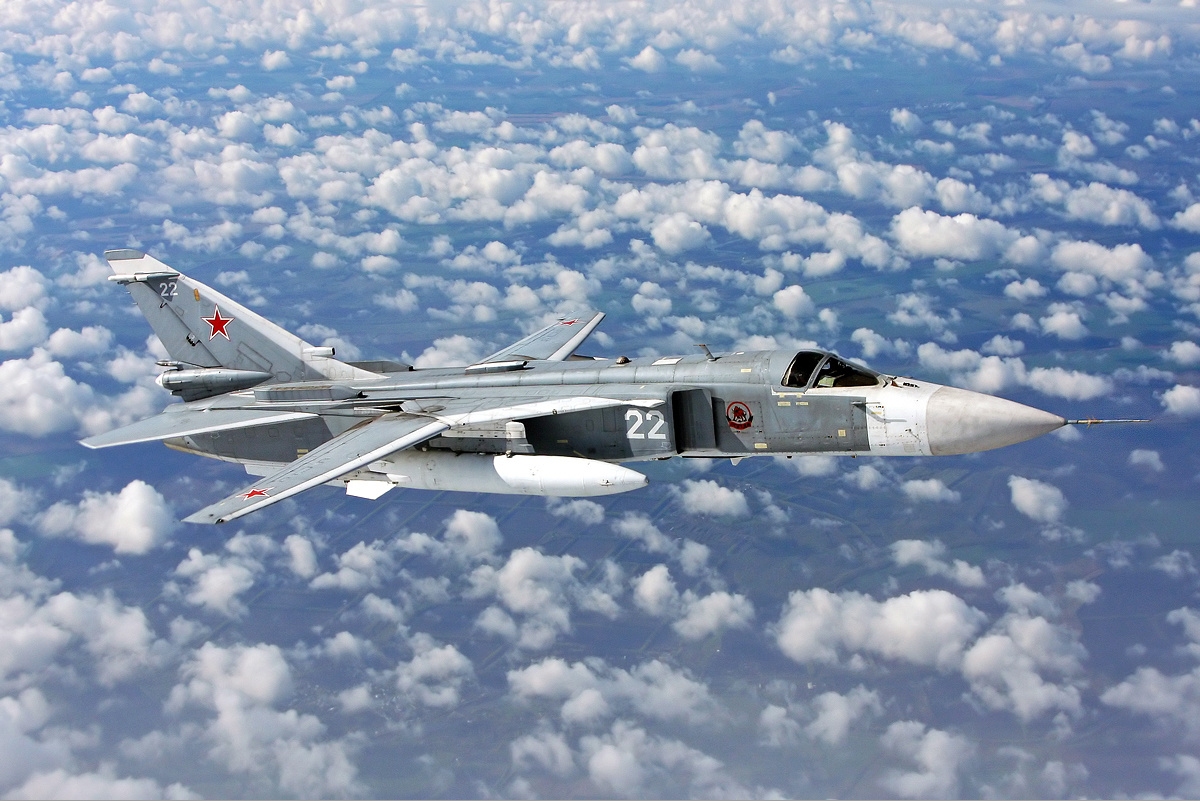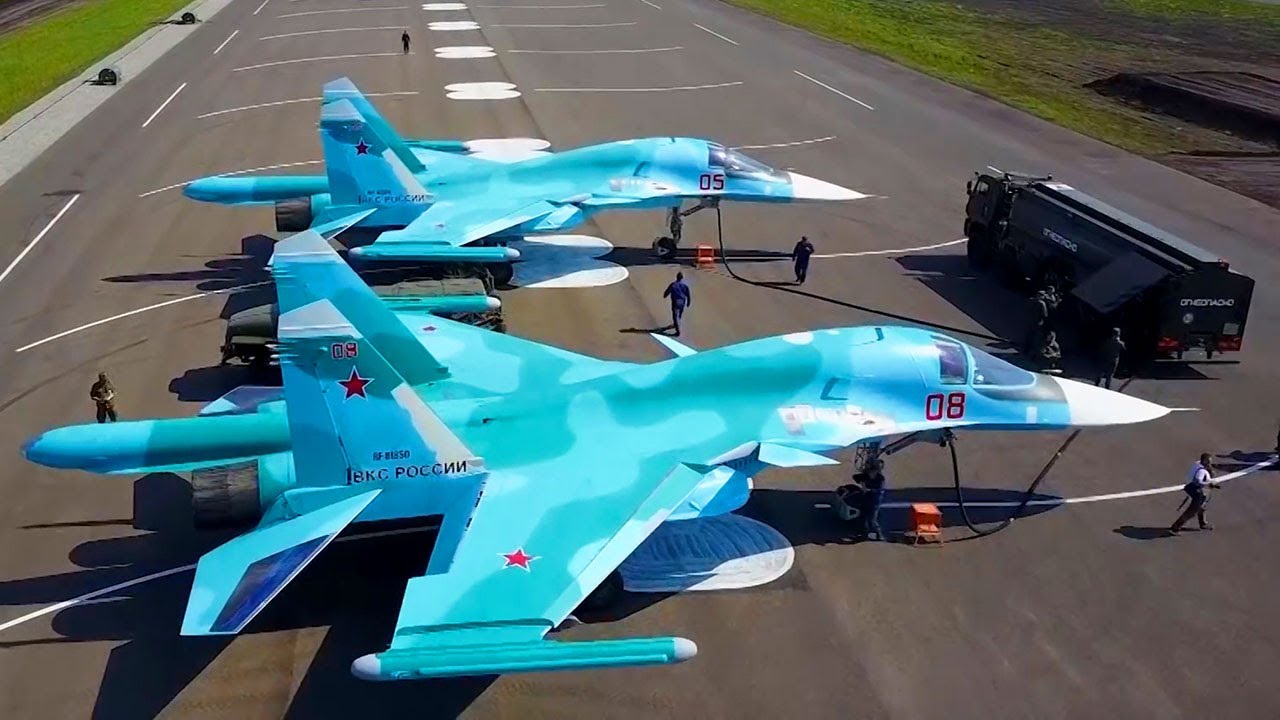In 2014, Malaysian Airlines flight MH17, flying over conflict-torn Ukraine from Amsterdam to Kuala Lumpur, vanished from the radar. Later, in an unfortunate incident, the plane crashed after being hit by a Buk missile over eastern Ukraine.
The Buk Air Defense system is a Soviet missile system that can defeat maneuverable aircraft and helicopters flying at low or high altitudes when the enemy uses electronic countermeasures.
According to reports by Royal United Services Institute, the prowess of this archaic system has been most notable in Ukraine against Russian fighter jets.
Justin Bronk, Nick Reynolds, and Jack Watling from the Royal United Services Institute (RUSI) in London interviewed key Ukrainian officials to understand the fizzling out of Russia’s air campaign after the initial glory.
The trio conducted a definitive study of how Ukraine’s ground-based air defenses and radars which appeared to be sitting ducks in the first few weeks of the invasion, later shot down multiple Russian fighter jets and denied the Russian Aerospace Force (VKS) complete air superiority.
Around 12 hours into the launching of the aerial raid, the Russian Defense Ministry asserted that 74 Ukrainian military ground facilities, including 18 radar stations for anti-aircraft missile systems, had been destroyed.
The positions of the hundreds of fixed radar systems on which the Ukrainian Army and air force’s S-300 missile batteries relied had become known to the Su-24s of the VKS.

In the early stages of the conflict, Russian Sukhoi Su-34 fighter bombers damaged 100 Ukrainian radars while flying alone at 12,000 feet, depriving the S-300 operators of the early warning they required to engage Russian aircraft.
This was when the Ukrainian Air Force pressed its limited fighter jets into operation, accumulating losses on both sides.
The Ukrainians were buying time for the ground crews to fix and relocate the long-range radars and restore the S-300s to operational status. Meanwhile, the Russians had more aircraft to lose.
The study states, “In the first week of March, Ukrainian SAMs began to inflict significant losses on Russian attack sorties.”
Incidentally, this was when Russian ground troops were faced with unexpected resistance from the Armed Forces of Ukraine (AFU) on the ground. The objective of the Russian troops was to seize Kyiv, however, they were marred with logistic problems and confusion, the report says.
The analysts explained in their study that the decimation of the Russian ground troops and armor units led to a change in strategy for the VKS. The Russian fighter pilots went from carrying out an offensive to suppress Ukrainian defenses to supporting their ground troops.
However, this was a death knell for Russia’s fighter jets and ground troops. While Russia’s Kyiv offensive failed, their fighter jets were downed en masse by Ukraine’s air defense systems. The star of this show was unexpected, the Soviet-origin Buk systems.
How The Ukrainian Buks Changed The Game
For the Russian personnel, the issue was the altitude. With so many Ukrainian S-300s aiming for them, flying at high altitudes was impossible. In contrast, flying at low altitudes was also made difficult by shoulder-mounted MANPADS that were widely used employed against the Russian Air Force.
The charge to shoot down Russian jets flying at medium altitude was entrusted upon the Buk missile systems. Medium-altitude flying presented additional challenges as Ukrainian Buk operators dispersed throughout the battlefield.
They turned on their radars only long enough to discharge missiles against Russian aircraft before rolling their launchers into the tree line to conceal them.
Buk M1 commander Yaroslav Melnyk claimed that on one instance when a Russian aircraft was illuminated by tracking radar, the pilot probably was so startled that he instantly ejected. The plane went down, and even without firing, the battery had brought down a jet.
Further, according to the RUSI study, the Buks shot down so many Russian jets that Russian pilots “were forced to abandon flying at medium or high altitudes when penetrating Ukrainian air space.”

They willingly walked into the trap set up by Ukraine’s much inferior but smart military and were shot down by missiles while flying at low altitudes.
“The results were predictable, with at least eight assorted [Sukhoi] Su-25, Su-30, and Su-34 jets being shot down by MANPADS in a week,” Bronk, Reynolds, and Watling wrote. However, the Buks proved to be instrumental in this tactical planning.
Ukraine’s military has reportedly shot down at least 55 Russian warplanes throughout the war using the different variants of this Buk missile system. The Ukrainian troops mostly used the Soviet-era SA-10 and SA-11 surface-to-air missiles (SAM). Before the invasion began, Ukraine had around 300 launchers of the S-300 system and 72 Buk-M1 systems.
Ukraine also had some units of Buk-M1 given by Finland that have reportedly been in storage for some time but kept ready for possible use during conflict. Ukraine lost six Buk-M1 launch vehicles in September, according to the figures compiled by the military tracking blog Oryx based on visual confirmations.

Ukraine is left with just about 100 Buks remaining from the Soviet era. But the Buk is a dependable, self-contained system. According to Forbes, Ukraine has improved them and given their operators tablets with digital maps of where Russian forces are located to use these systems more accurately.
Buk-M1-2 (also known as the SA-17 or Grizzly) was developed between 1994 and 1997, and the Russian Army started employing them around 1998. It has a higher performance when firing 9M317 missiles. The maximum altitude and range of this missile are 25 kilometers and 45 kilometers, respectively.

Unmanned aerial vehicles, smart bombs, anti-radiation missiles, ballistic missiles, and cruise missiles are the other weapons the system can counter. Ukrainian air defense systems from the early stages of the conflict included 250 S-300P/PS/PT (SA-10 Grumble) and 72 medium-range 9K37M Buk-M1 (SA-11 Gadfly) missile systems.
A Russian commander revealed that they were employing the Buk missile system to shoot down MLRS (multiple launch rocket systems) rockets fired by Ukrainian forces, as previously reported by EurAsian Times. However, doubts were cast on its viability against American HIMARS deployed by Ukraine.
However, their role in Ukraine has been unquestionable. After Russia launched another bout of aerial raids in October, Ukraine consolidated its air defenses. Not just that, it has secured the delivery of some cutting-edge Western missile defense systems.
“Ukraine has so far managed to hold on its own in the air domain, largely using its equipment,” the RUSI analysts wrote. “However, there is a real danger that this success leads to Western complacency about the threat that the [Russian air force] can still pose to Ukrainian forces, infrastructure, and cities if given an opening.”
- Contact the author at sakshi.tiwari9555@gmail.com
- Follow EurAsian Times on Google News




